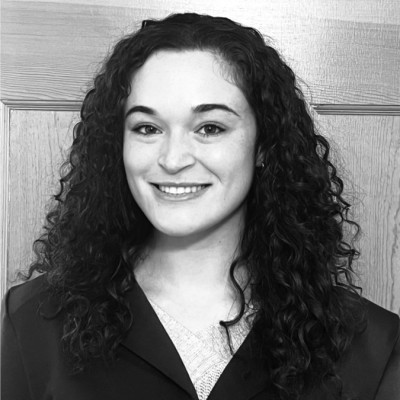Dissemination & Implementation Science
Clinician beliefs and practices of using Prolonged Exposure to treat PTSD in racially diverse populations: before vs. after comprehensive PE training
(PS9-16) Clinician Beliefs and Practices of Using Prolonged Exposure to Treat PTSD in Racially Diverse Populations: Before vs. After Comprehensive PE Training

Karis Treadwell, B.A.
Psychology Technician
University of Pennsylvania
Philadelphia, Pennsylvania, United States- SC
Sandy Capaldi, Psy.D.
Assistant Professor of Clinical Psychiatry
University of Pennsylvania
Philadelphia, Pennsylvania, United States - EW
Erica Weitz, Ph.D.
Assistant Professor
University of Pennsylvania School of Medicine
Philadelphia, Pennsylvania, United States - RB
Roz Brumfield, Other
Trauma Consultant and specialist
CTSA
Merion Station, Pennsylvania, United States
Author(s)
Co-Author(s)
PTSD affects 3.6% of the population and disproportionately impacts people of color. Prolonged Exposure (PE) is one of the most effective evidence-based treatments for PTSD. Two studies investigating the effectiveness of PE in diverse populations have been conducted to date and report conflicting findings. Clinicians’ beliefs about the impact of race on efficacy of PE have never been investigated. The PEACE Project is a funded dissemination project which aims to create a sustainable coalition of providers prepared to treat PTSD following gun and community violence in Philadelphia. Participants received a 4-day PE training, followed by individual and group consultation for the completion of two PE cases. We surveyed PEACE clinicians regarding their beliefs about PE’s capacity to treat diverse populations, as well as proposed adaptations of PE for these populations. Twenty-nine clinicians completed the survey before training, after training, and at a three-month follow-up. The sample was comprised of 60% Black, 31% White, 5% Asian, and 4% American Indian/Alaskan Native clinicians. The survey assessed beliefs about effectiveness, tolerability, and safety of PE for diverse populations on a 6-point Likert scale ranging from “Strongly disagree” to “Strongly agree,” as well as attitudes and practices about adapting PE. Open-ended responses about reluctance to use PE with people of color are described. Pre-workshop and 3-month follow up data were compared using a paired samples T-test, while Black and white clinician’s responses were compared using an independent samples T-test. Descriptive statistics were also generated for individual items. Compared to before training, clinicians at the three-month follow-up were significantly more confident in PE having equal effectiveness (t(26)= 2.997, p< .01) tolerability (t(26)= 1.774, p < .05), and safety (t(26)= 2.508, p< .01) for people of color. Black clinicians demonstrated significantly greater confidence in PE’s equal effectiveness (t(24)= 1.810, p < .05) and tolerability (t(24)= 1.761, p < .05) than white clinicians, as well as higher confidence in their own ability to treat people of color with PE (t(24)= 3.555, p< .001). The most-supported adaptation was adding additional early sessions to better establish rapport, garnering 71% (n = 20) support. Other suggested adaptations included: inquiring about race-related themes during assessment; deliberately discussing race-related experiences in treatment; and changing the therapeutic environment. A small proportion (6.89%; n = 2) of clinicians reported reluctance to use PE in diverse populations due to concerns about environmental safety during in-vivo exposures, particularly in neighborhoods where gun violence is prevalent. This research provides insight into clinician perspectives on using PE to treat PTSD in racially diverse populations that can guide further dissemination to improve equitable access to PTSD treatment. Future research should continue to explore whether adaptation of PE is needed to maximize efficacy, utilization, and equity.

.png)
